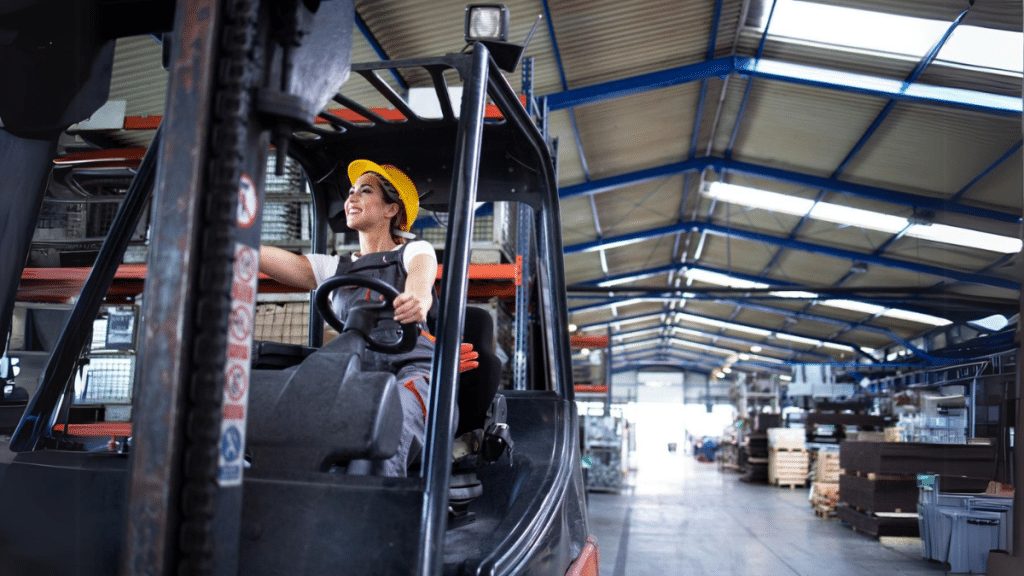Forklift safety is essential in warehouses, factories, and other industry settings to make sure that operations run smoothly and without any problems. When fixing or maintaining a forklift, it’s important to use the right parts. This article will teach you eight ways to pick the best forklift parts to make the machine safer and last longer.
1. Check the Manufacturer’s Specifications
Always start by reviewing the forklift manufacturer’s handbook or specifications. Specific parts designed for each model meet the performance and safety standards. If you use generic or incompatible parts, you run the risk of compromising the forklift’s functioning and safety. The importance lies in its ability to ensure performance and fit since it lessens the likelihood of accidents caused by malfunctions.
2. Choose Genuine or OEM Parts
When you are going to purchase Original Equipment Manufacturer (OEM) or authentic parts for your forklift, you make sure that the components you have are in accordance with the manufacturer’s exact specifications.
Despite the fact that aftermarket parts are sometimes more affordable, there is no guarantee that it will meet the quality or safety criteria. Putting original equipment manufacturer (OEM) parts through safety testing, reducing wear and tear, and increasing the forklift’s reliability are all reasons why it is crucial.
3. Consider the Operating Environment
Different forklifts are designed to function in a variety of environments, including the cold storage or in locations with difficult terrain. In order to prevent early failure or performance concerns, it is important to use components that are appropriate for the particular environment.
4. Focus on High-Wear Components
As a result of consistent use, certain components, such as tires, brakes, and hydraulics, wear down more quickly than others. To ensure that the components continue to function securely and avoid breakdowns, it is critical to prioritize selecting parts that are of good quality and long-lasting.
5. Inspect Compatibility with Safety Features
Keep in mind that safety measures such as warning systems and emergency stops are standard on forklifts during the manufacturing process. On top of that, make sure compatibility with the safety systems when replacing parts to avoid ineffective or impaired vital safety functions.
6. Assess the Supplier’s Reputation
Ensure that the components you purchase come from reputable vendors who are experts in forklift parts and have a proven track record of providing quality and dependability. Be sure to do your research in order to avoid purchasing counterfeit or substandard items that could put your safety at risk.
Additionally, it should be considered vital because it ensures better product support and warranty, as well as decreasing the chance of purchasing unsafe or faulty parts. This is something that should be considered vital.
7. Keep Maintenance History in Mind
Take note that you need to examine the forklift’s maintenance history to identify frequently replaced parts or persistent problems. In addition to that, this will make it easier to select parts that are more durable or improved, which addresses the issues and improves safety over the long run.
8. Budget for Quality
In spite of the fact that it may be tempting to minimize costs by selecting less expensive components, it is ultimately beneficial to invest in components of a higher grade. Furthermore, higher-quality parts have a longer lifespan and contribute to safer forklift operation, which in turn reduces the probability of accidents or expensive repairs.
Ensuring Forklift Performance and Safety Every Time!
Choosing the right forklift parts ensures that the equipment works properly and that the operators and environment are safe. Adhering to the guidelines and emphasizing quality, compatibility, and durability can help maintain a workplace that is both safer and more efficient.
